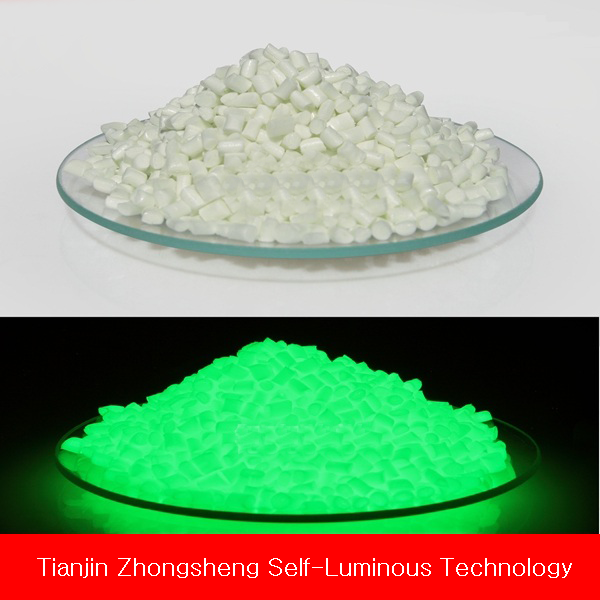materials needed
- Coater
- Luminouse Powder
- acrylic resin
- tackifier
- Preservative
- plastic sheet
- reflective paper
- Release Paper
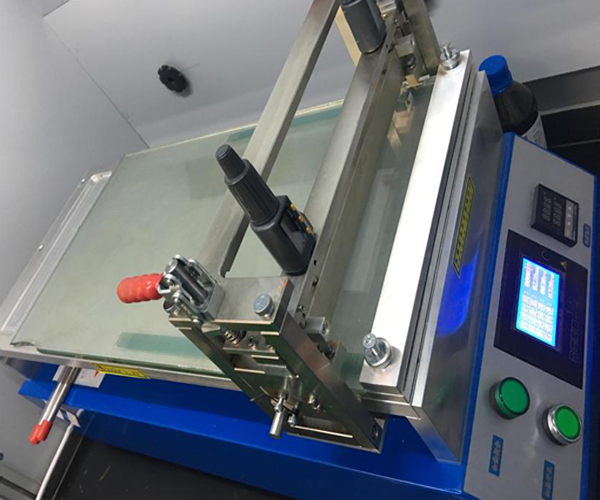
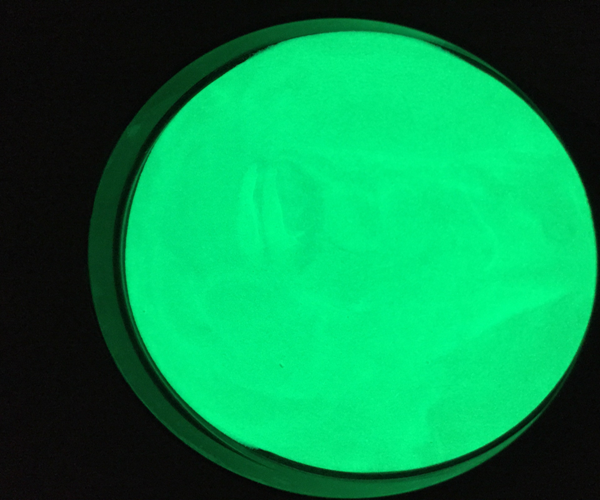
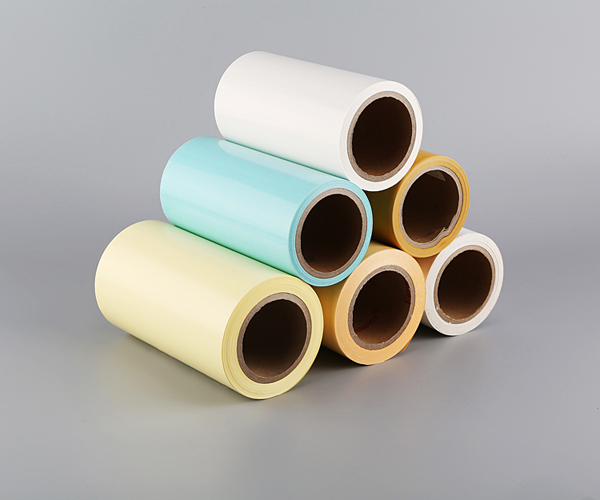
From the left are the Coater machine, afterglow phosphor, and the release paper.mix the Luminouse poweder
- aftergloe phosphor, acrylic resin, thickening agent, and preservative are added to the mixer and stirred for about 60 minutes.
- Stirring procedure is essential (the phosphor is deposited first because the specific gravity of the phosphor is larger than that of the acrylic resin)
afterglow phosphor coating
- Apply the uniformly stirred photoluminescent paint to the other side of the plastic resin first.
- Adhere the reflective layer of the reflective paper after coating to the other side of the plastic resin.
- Dry in a oven 5 minutes.
- Adhesive release paper
It is complete above.
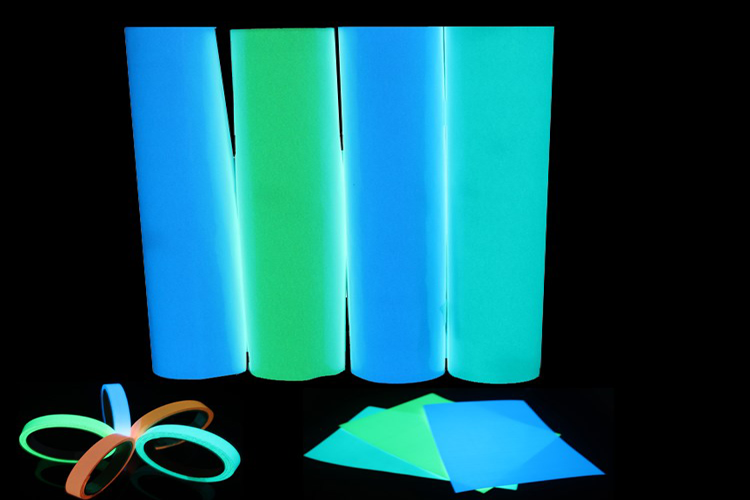
production precautions
- The luminance of the phosphor sheet increases according to the amount of phosphor used.
In general, if the photoluminescent paint is applied once, the phosphor used is 120g/m2. To increase the brightness, it can be applied at 300g/m2. If it is more than 300g/m2, the photoluminescence effect usually does not change much. To apply the phosphor at 300g/m2, it needs to be applied 3 times. is.
- The better the reflective performance of the reflective paper, the higher the luminescent effect.
The most commonly used one is called 3M.
- Phosphor particle size
It is often said that the particle size of the phosphor is 40-80um.
If the particle size is small, the surface of the luminescent sheet is smooth, but the luminous brightness is low. If the particle size is too large, the surface is said to be rough.
market trend
Now that the environmental protection problem is getting serious, the production process of the phosphor sheet is also changing. In the past, oil-based resin was used a lot, but now it is gradually changing to an eco-friendly water-based resin. Surface treatment, etc. is carried out to prevent rust.




